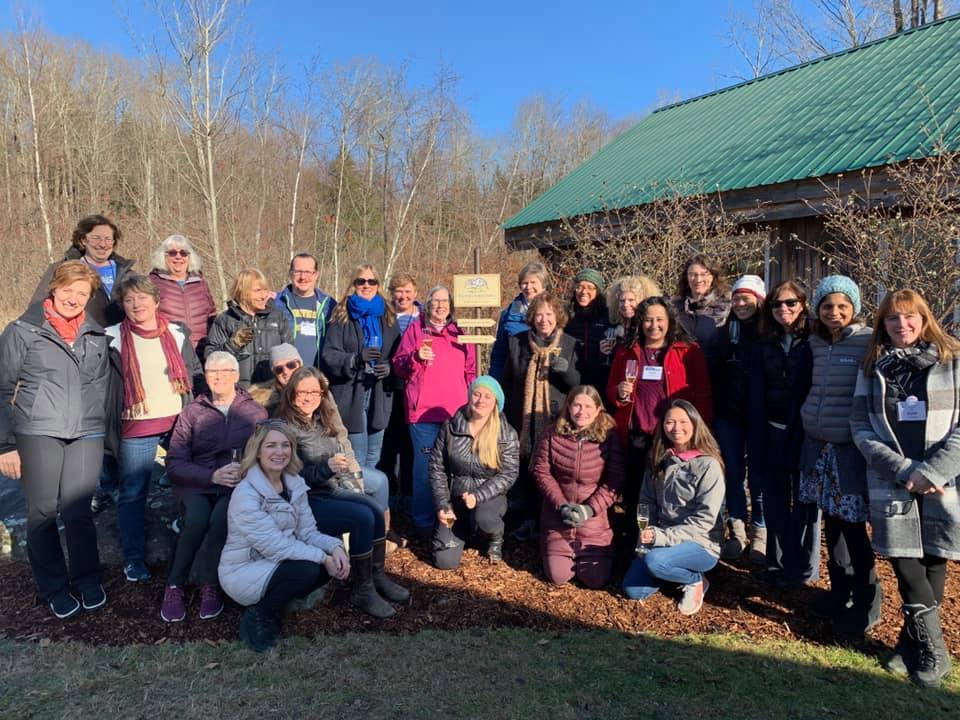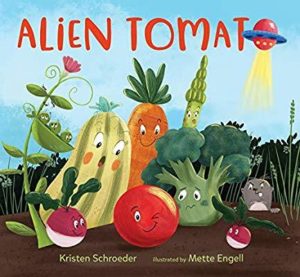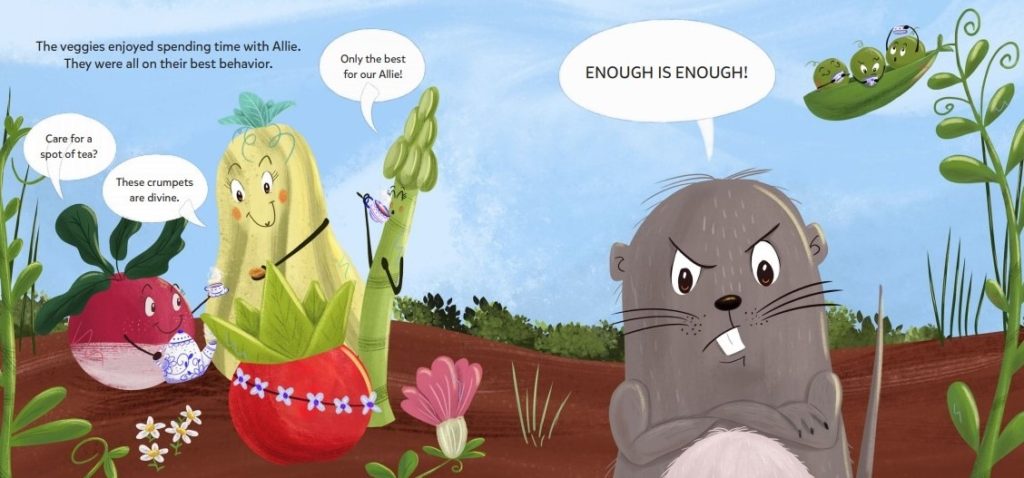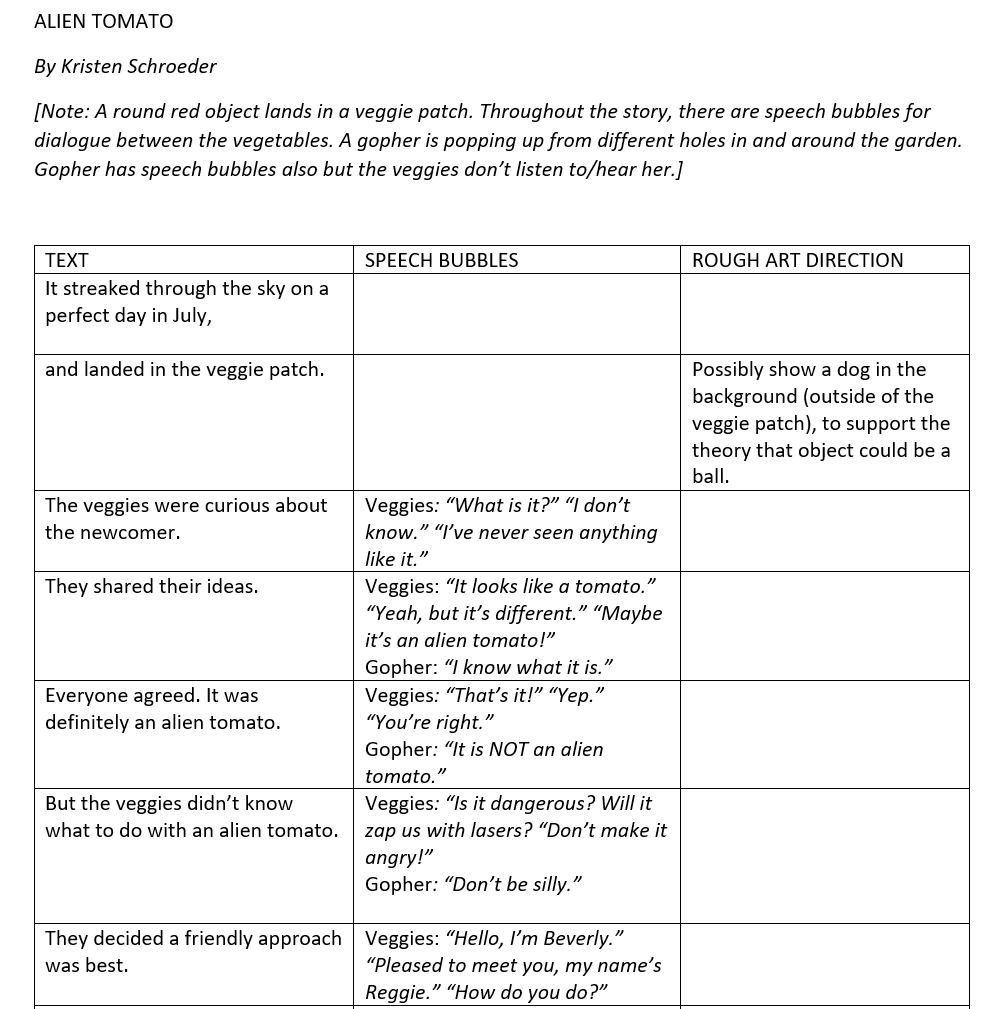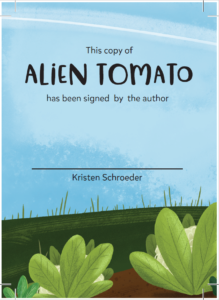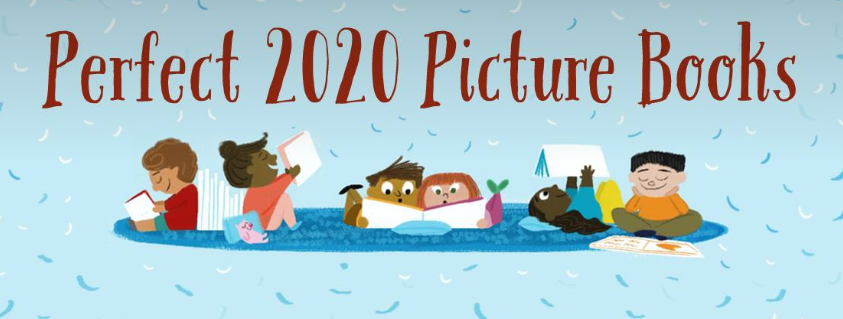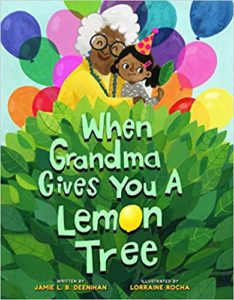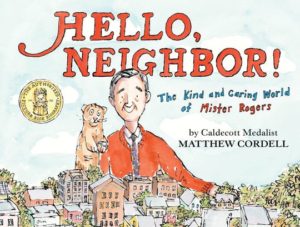 This month’s Industry Insider Interview is an interesting one because our interview subject, Kaitlyn Sanchez, can come at picture books from so many angles.
This month’s Industry Insider Interview is an interesting one because our interview subject, Kaitlyn Sanchez, can come at picture books from so many angles.
- Mom
- Picture book author
- Co-creator and co-host of the Spring Fling Kidlit Contest
- Creator and co-host of the Kidlit Fall Writing Frenzy Contest
- One of the hosts of Kidlit Zombie Week
Oh, and she’s an Associate Agent at Olswanger Literary. Clearly with a picture-book resume like that, we’re in for a treat. Let’s get ready for the interview with five bonus Kaitlyn facts.
- Short stories are her jam.
- Was a jock and a band nerd.
- Adores math and English.
- Loves the smell of cement. (She admits: “I know, weird, right?”)
- Jamba! not Starbucks.
Now that we have a better sense about our new friend Kaitlyn, let’s have a hearty Q&A session on our shared fave topic—picture books!
- Kaitlyn’s Website: www.kaitlynleannsanchez.com
- Her Publishers Marketplace Listing: www.publishersmarketplace.com/members/KaitlynLeann17/
- Find her on Facebook
- Follow her on Twitter
RVC: So, you got into agenting the way many do—you started at Olswanger Literary as an intern in 2019. Why did you seek that position, and how did you land it?
KS: My critique partner Andrea Walker was working as an intern at Olswanger and one day it donned on me that she was in Japan and still able to be an intern, so I asked her about it! She told me about Bookjobs.com and how they list if an internship is at a location or online, and of course, Andrea suggested I apply for Olswanger, so I did! I sent Anna [Olswanger] my letter and resume, and she responded the same day!
RVC: Congrats on recently moving up to Associate Agent. Yay! But let me ask—what are some of the often-undiscussed challenges and obligations of being a literary agent?
KS: Thank you so much! I can’t explain how exciting that day was. For agenting challenges, funnily enough, it’s the same I’d say for teaching–there’s a ton of research to do as well as spurts of super busy times.
RVC: I hear you there! Now, in terms of what you want to see in submissions, you mention that you appreciate “rocking rhymes.” What does that mean to you?
KS: For rhyme, I want the story to be the focus and the rhyme to support it. The 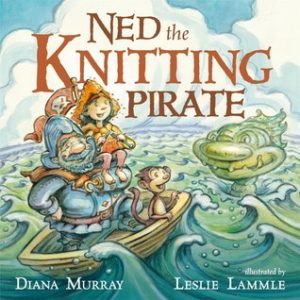 rhythm should be spot-on (with variations to keep it from being sing-song).
rhythm should be spot-on (with variations to keep it from being sing-song).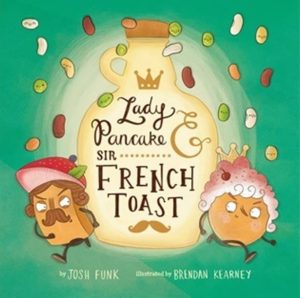
Diana Murray and Josh Funk are great examples of writers who do that.
Ned the Knitting Pirate is one of our favorite books in my house and Lady Pancake and Sir French Toast is another fun example of a great rhyming book!
RVC: We’ve got an interview with Josh Funk coming up in September, so I’ll be sure to ask him about rhyme, too. But from your perspective, what kind of rhyme crimes do you most often see?
KS: Oh, I can’t wait for Josh’s interview, he’s so amazing!
As far as rhyme crimes, the two I often see are lack of rhythm and inversions. Ironically enough, Renée LaTulippe just put out an awesome Peek & Critique Video on rhyme crimes! Make sure to subscribe; she’s amazing.
RVC: You’re currently closed for submissions. When do you expect to throw wide the doors again and invite new work?
KS: I honestly have no idea. I still have hundreds of queries to get to!
RVC: Here’s a question I don’t typically ask agents (for obvious reasons). How does being an agent inform your work as a picture book author? And/or the other way around?
KS: That’s a great question. The biggest thing is the recognition that, especially for debut PB authors, your idea really has to stand out. I think reading pitches during #PBPitch can give you that same sense, too. When you’re participating, go out and find those pitches that are getting tons of likes.
As for the other way around, being an author, I know what it’s like to be in their shoes, so when I give feedback or communicate with clients, I always first think about how I’d feel.
RVC: Your own picture books are repped by Joyce Sweeney, who is your second agent, I believe. Why is Joyce a great fit for you?
KS: She is my second agent, and I can’t explain how perfect Joyce is for me. We see eye to eye–she’s totally honest and open like I am, and she found my voice. I thought I found my picture book voice before, but once she found this “outrageous” side of me, the stories just started to flow. I can’t thank her enough for that!
RVC: That’s exactly what a great agent can do.
KS: Yes! It can be a really amazing relationship when you find the right fit.
RVC: What are you working on now?
KS: I just sent two new stories to Joyce and she loved them (whew!), so I’m trying to start another idea from my Outrageous Ideas document. What’s an Outrageous Ideas document? Well, based on the story I queried her with, she told me those stories were my jam and said to show her more of these. So, I sat down right after that and filled a few pages with outrageous ideas. I’m thinking she was definitely right! The one I’m working on is about magical creatures warring in the kitchen.
RVC: I’ve got some of those creatures in MY kitchen, too. Unicorns, I think. And they’re eating all the strawberry jam. I’ll have to read your book to figure out how to deal with them because bad puns (like “are small unicorns puny-corns?”) aren’t doing the trick!
KS: LOL! And ironically, you hit on the topic of one of the stories that already has the Joyce seal of approval 😉
RVC: Let’s talk about manuscripts. How do you know when your own story-in-progress is ready to be seen by others?
KS: Lol, I don’t know if I do. My first and longest running critique group, Awesome Ladies, is totally amazing and bears with me at all stages. I’ll often say, “Hey, Awesome Ladies, I have a first draft but I haven’t finished, and I’m not sure where to go, wanna see it?” And they’re ALWAYS on board and give me the confidence and ideas to keep going.
RVC: It sure sounds like you’ve made the most of critique groups over the years. What are some best-practice tips for those thinking about creating or joining one?
KS: Thanks so much! I absolutely love critiquing and reading stories. For CGs, just remember, every group is different. The most important thing–in my opinion–is to click with the group, so if you’re just starting one, it’s good to have check-ins and time frames for determining if it’s a good fit.
RVC: I often point people to Jane Friedman’s fine post on that subject, too, for guidance on critique groups.
KS: Oh, yeah. She’s got a lot of good info there!
RVC: Care to share a bit about the kidlit contests you’re part of?
KS: Oh, man. I can talk about these fun contests for hours! The main things for all of them is to connect people in the writing community in a fun, positive way! (And having awesome prizes!) Check them all out here.
RVC: You just completed Kidlit Zombie Week. Tell us more!
KS: For those that don’t know about Kidlit Zombie Week, it’s a week filled with inspiration and discussion to help and encourage people bring back their zombie manuscripts (the ones that they set aside, thinking they’d never again see the light of day) and of course there’s tons of prizes from generous kidlit donors! We were hoping it would be a fun event but could not have predicted how amazing it would end up being; we’re over-the-moon with how it turned out.
This was Jolene Gutiérrez’s brainchild. She brought up Brian Gerhlein’s blog post, and we were like “So cool, right?” And she already had the wheels turning and asked if we could do something to help others revise their dead manuscripts. Brian was stoked to hear what he had inspired, and he and this agent (the ones who inspired the event) were our first-prize donors. Find out more about Kidlit Zombie Week here.
RVC: From all you’ve just shared plus your wide-ranging bio—which is only part of the story!—it’s clear you have a full plate. How do you juggle it all?
KS: I don’t always, but balance is always my goal. At one point, my husband had to sit me down and talk to me about balance. When I was offered my internship, we had a discussion, and I decided to give up a few critique groups (I may have had like…8?) to have time for agenting. Overall, though, I think you make time for things you’re passionate about, and I’m incredibly passionate about kidlit!
RVC: One last question for this part of the interview, and FYI—this one might tickle your high-school math teacher heart. Which of the following jokes would work best as the jumping-off point for a picture book?
- Are monsters good at math?
-
-
- Not unless you Count Dracula!
-
- Why does nobody talk to circles?
-
-
- Because there is no point.
-
- How do you count cows?
-
-
- With a cowculator!
-
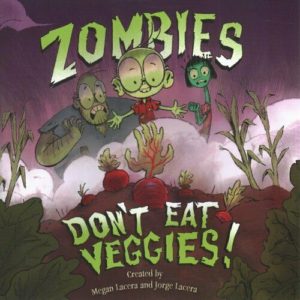 KS: Ha! As a math teacher the second one made me go “Oh no!” because the definition of a circle is the set of all points equidistant from a single point so not that one, LOL. But, I have definitely been into the whole monsters in picture books concept since reading and falling in love with Zombies Don’t Eat Veggies, so I adore the Count Dracula one!
KS: Ha! As a math teacher the second one made me go “Oh no!” because the definition of a circle is the set of all points equidistant from a single point so not that one, LOL. But, I have definitely been into the whole monsters in picture books concept since reading and falling in love with Zombies Don’t Eat Veggies, so I adore the Count Dracula one!
Did you come up with these, Ryan? If so, you should write some math pbs!
RVC: I just might do that. Who knows what’s next for me in the long term! But in the short term, I know what’s next. It’s the SPEED ROUND where we pair Zoomy Qs with Zippy As in fashion fast-tastic.
Audiences, beware. Participants, be ready. Passersby, stop where you are. We’re ready to GO GO GO!
Kaitlyn, are YOU prepared?
KS: Hold on, let me stop gawking at your awesome intro to this, limber up, annnd, wait for it.…
Okay–GO!
RVC: The answer’s algebra. What’s the question?
KS: What type of reasoning do you use every day and don’t realize it?
RVC: Craziest rhyme you ever tried to make work?
KS: Ha, I wish I knew. I’d have to go back through my manuscripts.
RVC: Best late-night reading snack?
KS: Cheez-Its. No, chocolate. NO!! CHEEZ-ITS ANNND CHOCOLATE! 😋
RVC: Favorite math picture book?
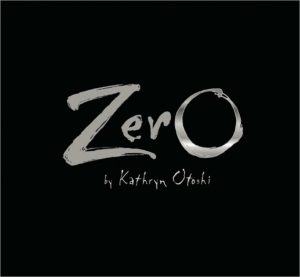 KS: Tie between Zero by Kathryn Otoshi and One Family by George Shannon.
KS: Tie between Zero by Kathryn Otoshi and One Family by George Shannon.
RVC: Dream picture book submission?
KS: One that I can’t stop reading and the world falls away until I’m done, and I’m totally satisfied, but also want to read more from this author because it just swept me off my feet. (Btw, I have had these, and luckily, I get to rep some of them.)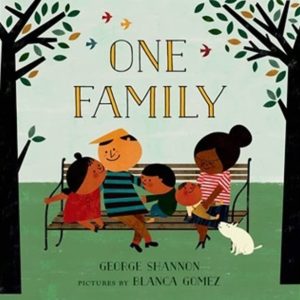
RVC: What’s your picture book motto—as a writer and/or agent?
KS: Almost anything can be a picture book as long as you can approach it from the kid angle (and please don’t quote me on this because I’m definitely not the first to say it😃) And, if I can add a bit more, there are no steadfast rules. Many books break the mold, so trust yourself and have a reason for your approach.
RVC: Thanks so much, Kaitlyn! From one kidlit zombie fan to another, it’s a no-brainer having someone like you stop in for an interview with us. Much appreciated!
KS: Thanks for having me, Ryan. This was SO fun, and I’m so glad you loved Zombie week! Sadly, I didn’t revise one myself, but thanks to a funny gif from Clare Helen Welsh, I wrote a new story that my agent loves!


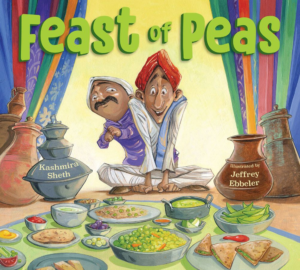
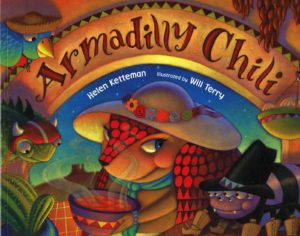
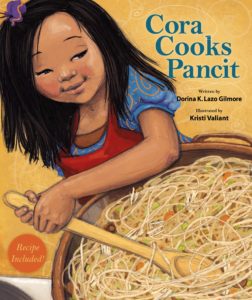
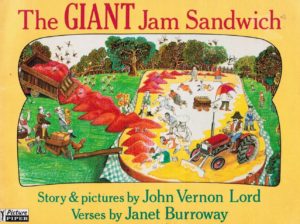
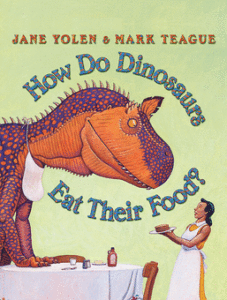
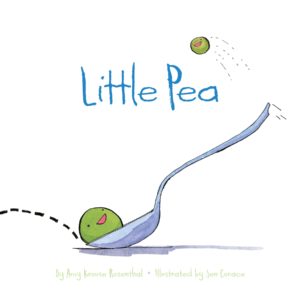
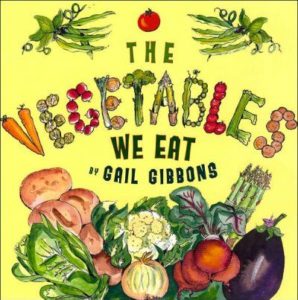
 It’s always a treat to be able to showcase the work of a debut picture book author, and with this month’s Author Interview, that’s what we’re doing. Minnesota author Kristen Schroeder’s first book,
It’s always a treat to be able to showcase the work of a debut picture book author, and with this month’s Author Interview, that’s what we’re doing. Minnesota author Kristen Schroeder’s first book, 